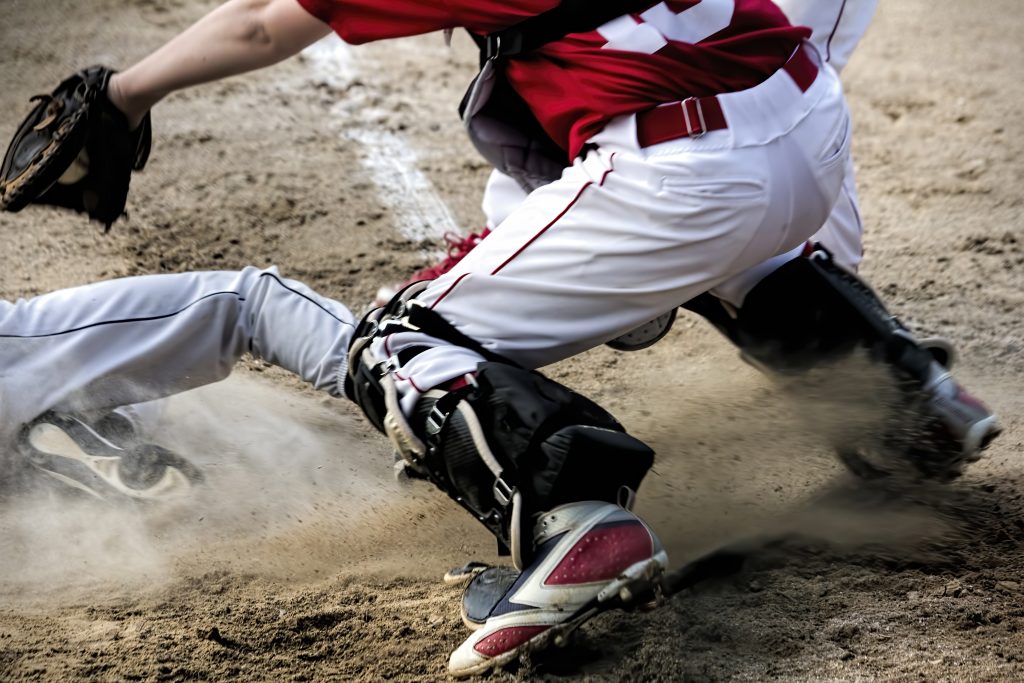Inclusive websites
A sport organization’s website is often the first place people with disabilities go to learn about different program offerings. Unfortunately, few organizations clearly indicate what programs they offer for people with disabilities. Making program information easier to find and ensuring that websites are easy to navigate and accessible to all individuals are just some strategies…
Managing the competing tensions of social media as a high performance athlete

Highlights When it comes to the relationship between sports and social media, it’s hard to know where to start. Athletes have never been more visible and accessible than they are now. As a result, social media has become an increasingly commercialized space within the sporting industry, with brands and sponsors seeking to reach consumers through…
Sport after Moneyball: Exploring sports analytics and the digital economy

Highlights The 2011 film Moneyball was a critically acclaimed, Academy Award-nominated, box office success. This is quite something, given that the movie centres on debates over baseball strategy and statistics. Moneyball dramatizes the story of the Oakland Athletics Major League Baseball (MLB) team in the early 2000s, and specifically the team’s adoption of unconventional player…
Technology in sports (soccer)
Virtual reality (VR) is increasingly used in sport psychology training due to its ability to simulate high pressure situations. In soccer, VR is used to train goalkeepers by triggering sport-induced anxiety during penalty kick simulations. Like VR exposure therapy used in military training and mental health therapy, this technology allows athletes to work through their…
Accessible communications and technologies in sport for people with disabilities

In the pre-Internet world, accessibility focused primarily on addressing physical barriers, such as by installing ramps or adding Braille buttons in elevators. Over time, an evolution has happened in what’s considered a disability. Changes have also happened in the types of barriers and environments that people face as they live, play and compete. So, it’s…
Technology in sports
Augmented reality (AR) creates an enhanced version of the real world using digital visual, sound, and sensory information. Research shows that AR in sports can assist athlete training by providing visualizations of real-time performance metrics and increasing the accuracy of complex movements through feedback. Interactive scenarios created by AR can also further enhance the viewing…
Sports injury surveillance systems
The sport sector is constantly striving to enhance injury prevention mechanisms. Sports injury surveillance systems that provide quality data are critical when creating and evaluating injury prevention strategies. These strategies should be incorporated at all levels to create stronger standards for data reporting, monitoring injury and developing sport safety strategies.
Technology in officiating
Officials use technology to support decision making in sports such as tennis, basketball and American football. In 2018, the video assistance referee (VAR) was introduced into professional soccer to advise referees of clear and obvious errors during matches. Research shows that the use of VAR significantly increased the accuracy of key match decisions from 92.1%…
Governance, strategy, evaluation: Digital future-proofing for sport organizations

As we transition into an increasingly online world, how can sport organizations not only cope, but thrive? What are the potential benefits of social media for sport organizations of all levels, and what are the downsides? SIRC put these questions to Michael Naraine, an Associate Professor of Sport Management at Brock University. Naraine’s research specializes…
Validity and reliability
Before implementing new technology into your program, first ask yourself, can the technology be believed? Assessing the validity and reliability of a new technology is one way to determine its credibility. Validity assesses if the technology is measuring what it promises to measure, while reliability speaks to its consistency and degree of error when providing…